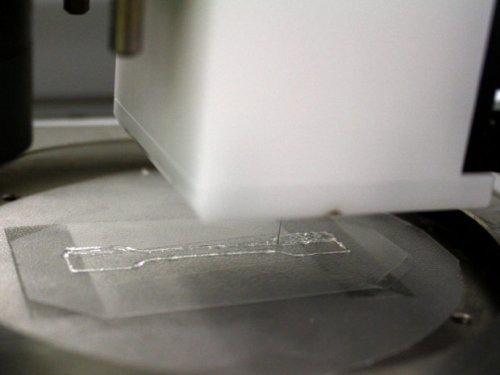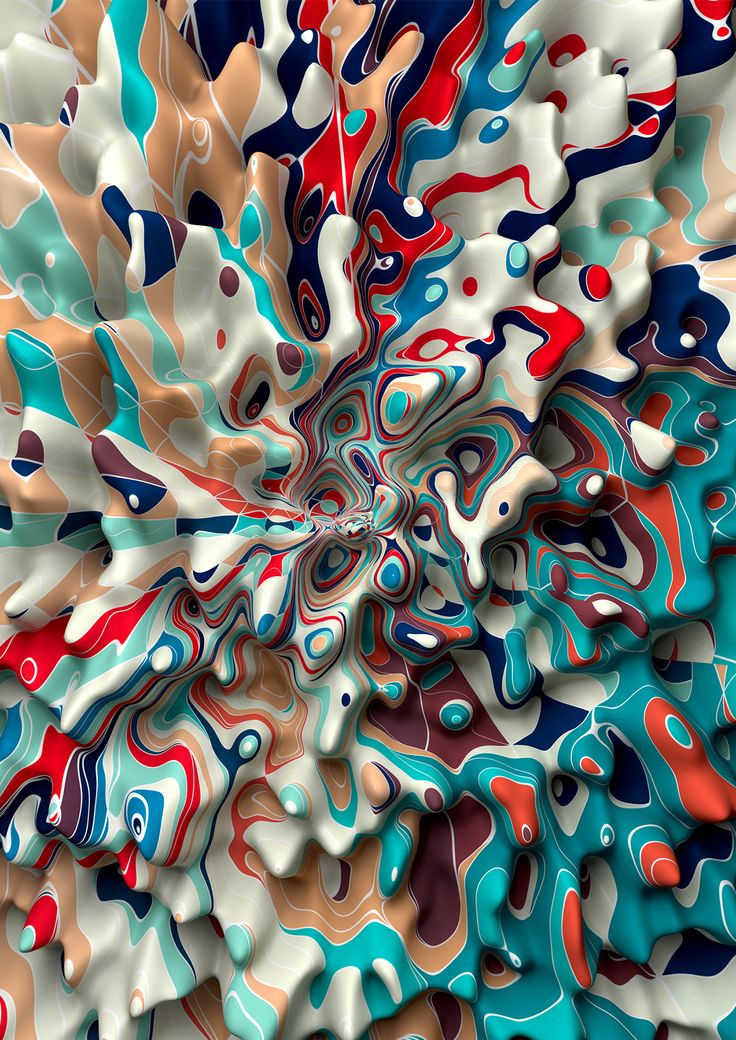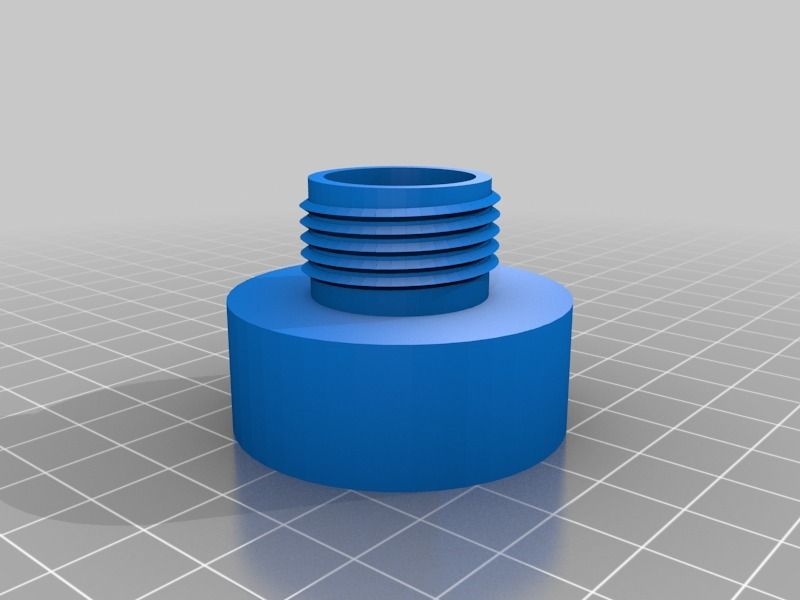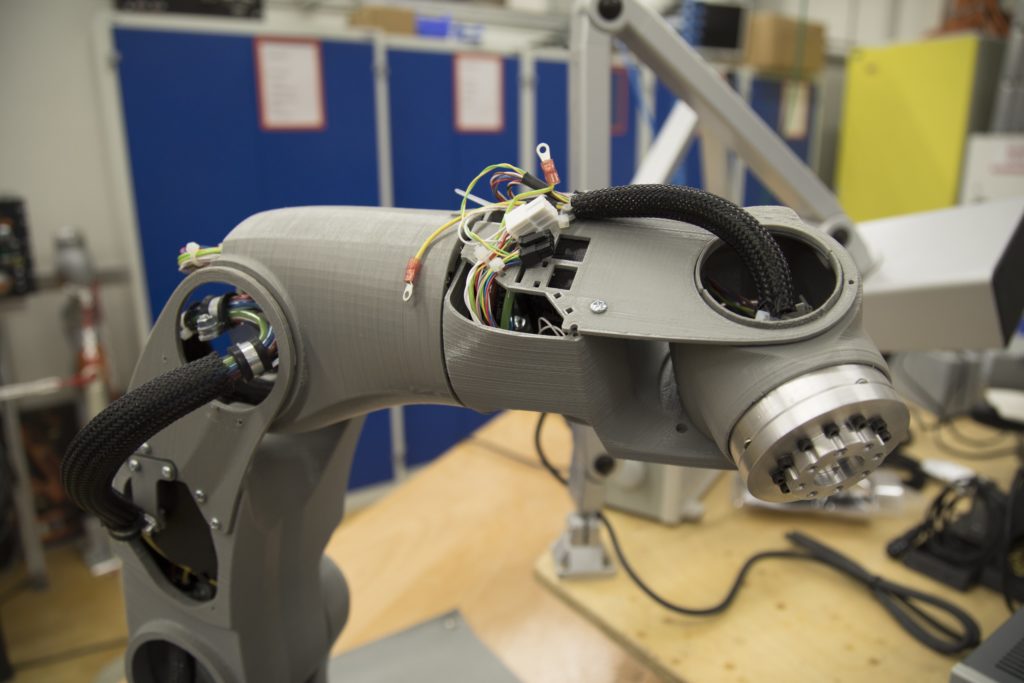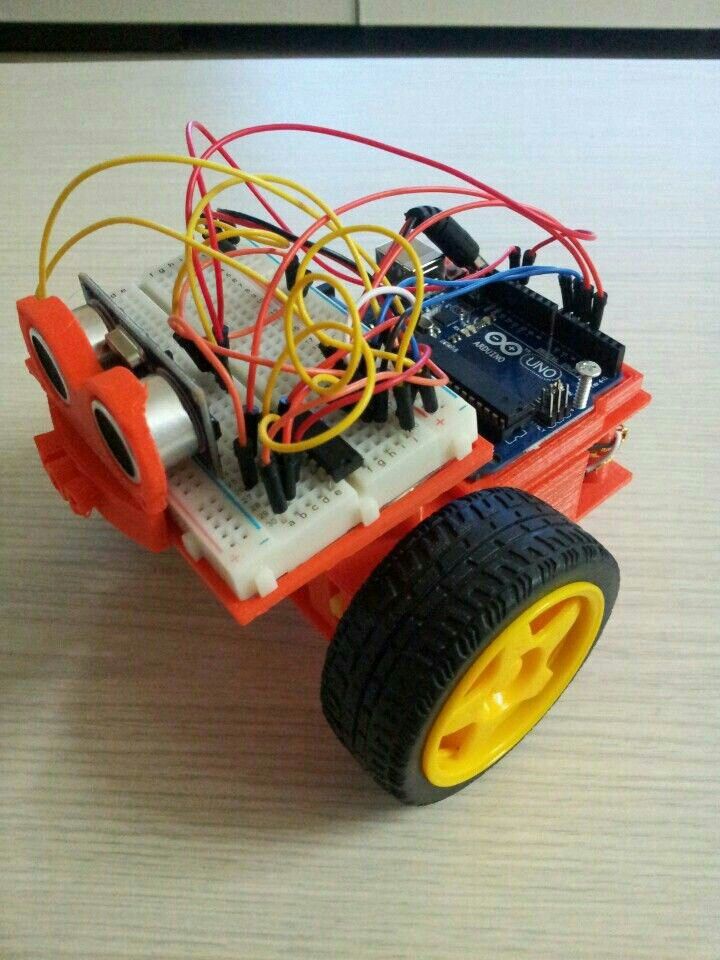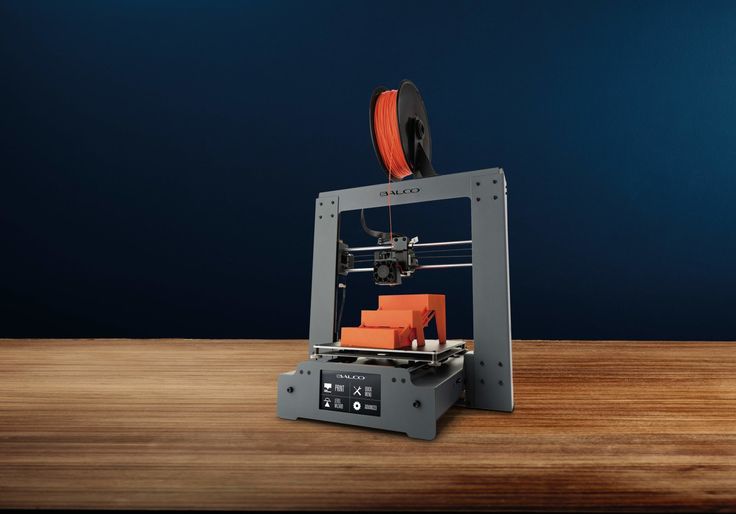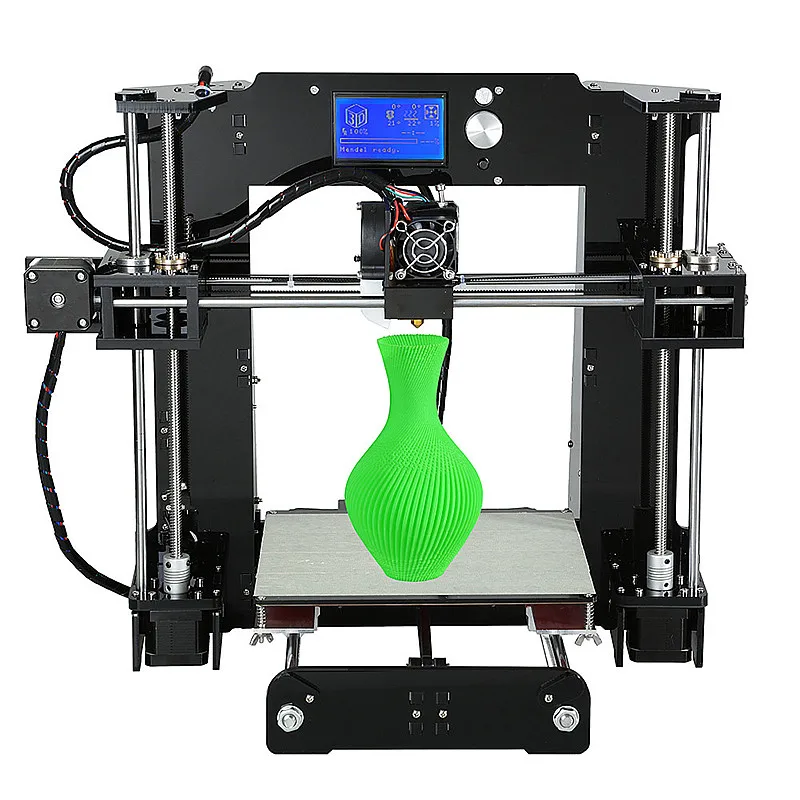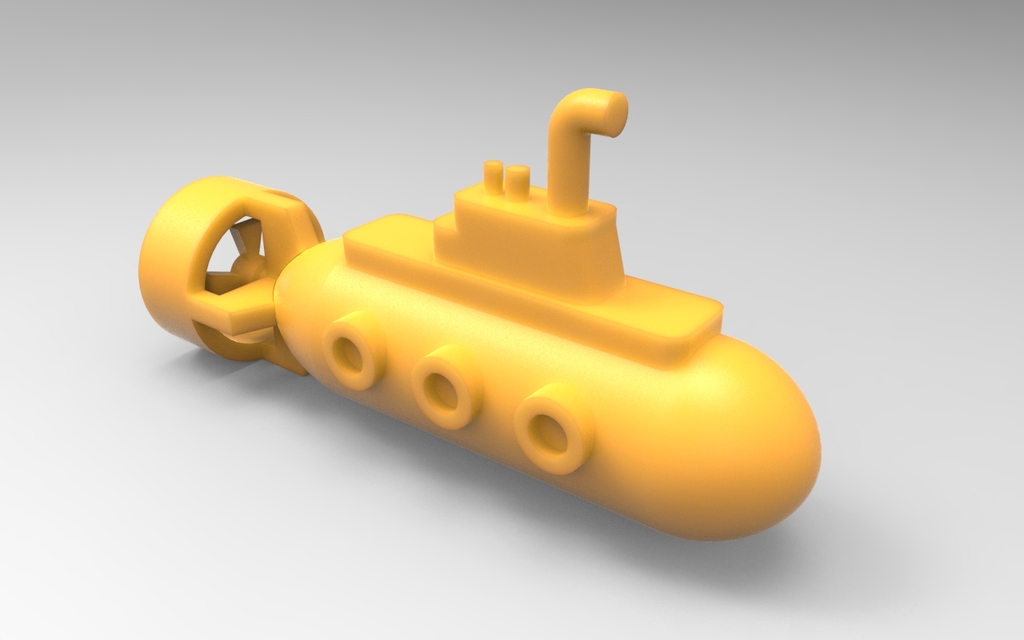Gelatin 3d printing
Gelatin Bioprinting | Protocol - Allevi
- Updated on August 26, 2022
Share on linkedin
Share on facebook
Share on twitter
Share on reddit
Share on whatsapp
Share on linkedin
Share on facebook
Share on twitter
Share on reddit
Share on whatsapp
Overview
Gelatin is a sacrificial bioink that can be used for temporary support or to create channels, vessels, or vasculature for bioprinting purposes. Through reversible thermal gelation, gelatin remains solid at room temperature and can be melted away at 37°C. The recommended use for gelatin as a sacrificial material is as a FRESH support material. Below are results from printing gelatin individually. This protocol gives you step-by-step instructions for 3D bioprinting using gelatin.
Storage and Handling
Gelatin should be stored at room temperature in a dry environment.
You Will Need
In addition to gelatin, you will also need:
- Gelatin
- Plastic needles
- Petri dish or well plate for printing
- Optional: transwell plates can help avoid sample loss or damage throughout experiment. Keep in mind though that transwell membranes may inhibit imaging processes.
- Syringes
- For the Allevi 1/3: 5mL syringes
- For the Allevi 2: Sterile 10 ml syringes
- Deioinized Water
- Sterile filters*
- We suggest these for gelatin solutions.
Gelatin was dissolved in deionized water at 60°C in formulations of 5% (w/v) or 10% (w/v), then loaded into a syringe to half the total syringe volume and allowed to cool to room temperature. Print files of lines (included below) were completed at varying speeds and pressures.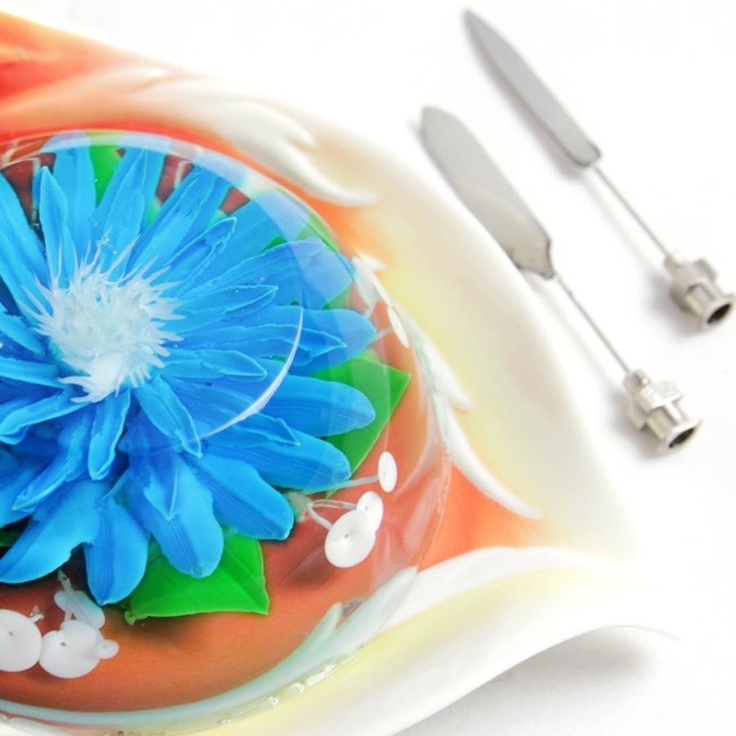 Three prints were completed at each setting and analyzed with ImageJ software.
Three prints were completed at each setting and analyzed with ImageJ software.
Print Settings
| Gelatin Concentration (%) | Layer Height (mm) | Speed (mm/s) | Pressure (PSI) | Temperature (°C) | Gauge | Resolution (mm) |
|---|---|---|---|---|---|---|
| 5 | 0.3 | 10 | 22 | RT | 1.25″ tapered 25G | 0.90 ± 0.10 |
| 5 | 0.3 | 12 | 15 | RT | 1.25″ tapered 25G | 0.59 ± 0.14 |
| 5 | 0.3 | 14 | 22 | RT | 1.25″ tapered 25G | 0.72 ± 0.10 |
| 10 | 0.3 | 14 | 63 | RT | 1.25″ tapered 25G | 0.43 ± 0.21 |
G-code Files
- Gelatin lines F600 (lines printer at 10 mm/s)
- Gelatin lines F720 (lines printer at 12 mm/s)
- Gelatin lines F840 (lines printer at 14 mm/s)
- Pediatric Bronchi F840 (Pediatric Bronchi file used in Z-stack test)
 Scale bars at 0.5 mm.
Scale bars at 0.5 mm. After printed lines, Z-stack tests were completed with both 5% and 10% gelatin at 14 mm/s. 5% gelatin was able to support itself up to 1 mm height, while 10% gelatin was able to support itself up to 5 mm.
* If you are using cells, you must also complete all steps in a sterile environment in addition to sterile-filtering your gelatin.
Share this article
Share on linkedin
Share on facebook
Share on twitter
Share on reddit
Share on whatsapp
Related articles
Using gelatin and sugar as ink to print 3D soft robots
by Bob Yirka , Tech Xplore
FIG. 1. Sustainable 3D-printed soft actuators with integrated waveguide sensors. (A) Biodegradable constituents enable a cradle-to-cradle design for soft robotics, where thermoreversibility opens an additional subcycle for multiple usage and extended lifetime. (B) Three-chamber pneumatic actuator with fiber reinforcement and integrated optical sensors. The sensors detect obstacles in the path of the actuator and allow removal of the object. (C) When immersed in water, the gelatin actuator and waveguides swell and dissolve. Complete biodegradation is enabled in sewage or compost. Credit: DOI: 10.1126/scirobotics.abk2119
(A) Biodegradable constituents enable a cradle-to-cradle design for soft robotics, where thermoreversibility opens an additional subcycle for multiple usage and extended lifetime. (B) Three-chamber pneumatic actuator with fiber reinforcement and integrated optical sensors. The sensors detect obstacles in the path of the actuator and allow removal of the object. (C) When immersed in water, the gelatin actuator and waveguides swell and dissolve. Complete biodegradation is enabled in sewage or compost. Credit: DOI: 10.1126/scirobotics.abk2119 A team of researchers at Johannes Kepler University Linz has used biodegradable materials as ink to print 3D soft robots. In their paper published in the journal Science Robotics, the group describes how they developed their ink and how well it performed. Yu Jun Tan, with the National University of Singapore has published a Focus piece in the same journal issue, outlining the issues researchers have faced in creating robots out of biodegradable materials and the work done by the team in Austria.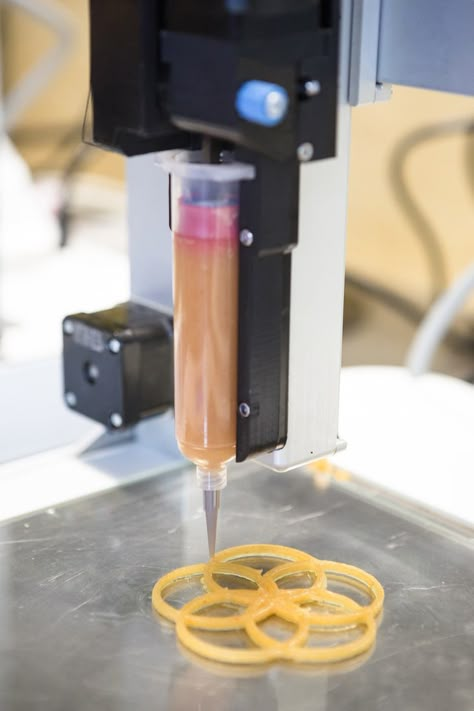
Over the past several years, researchers have been making progress toward the development of soft robots, so named due to the soft materials used to create them. Such robots have typically been created to emulate creatures that live in the water. Researchers believe this technology will one day lead to the development of tiny soft robots that can swim around inside of the body to distribute medications or to repair damaged tissue. In most cases, soft robots have been made of non-biodegradable material because biodegradable materials have limitations, including dissolution in water, molding and a limited lifespan. In this new effort the researchers have used sugar and gelatin to create jelly-like objects. Adding other materials have made their creations less inviting to mold (citric acid) and more resilient when dunked in water (glycerol). They have now experimented with variations of their recipe to create an ink that could be used to produce 3D objects.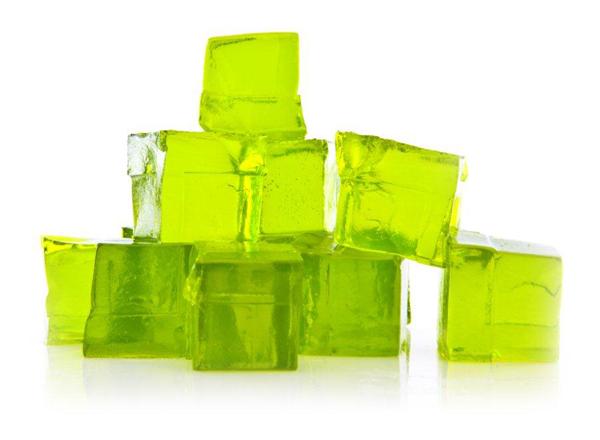
To use the material they created, they warmed it to the point of softness that allowed it to be squirted through a printing nozzle and ran the printer in a chilly room, which allowed the ink to solidify quickly. To test their approach, the team first created a soft pneumatically driven actuator which worked as planned. They noted that the actuator could be placed back into the printer allowing for reuse of the ink. The team next printed stretchable waveguide sensors that worked in conjunction with LED lights. They then combined the waveguide with the actuator to create a functioning soft robot. Next, they connected three of the waveguides together and hooked them to a button controller which could then be used to alter the degree of deformation of the waveguides.
More information: A. Heiden et al, 3D printing of resilient biogels for omnidirectional and exteroceptive soft actuators, Science Robotics (2022). DOI: 10.1126/scirobotics.abk2119
Heiden et al, 3D printing of resilient biogels for omnidirectional and exteroceptive soft actuators, Science Robotics (2022). DOI: 10.1126/scirobotics.abk2119
Yu Jun Tan, Harnessing the circular economy to develop sustainable soft robots, Science Robotics (2022). DOI: 10.1126/scirobotics.abn8147
Journal information: Science Robotics
© 2022 Science X Network
Citation: Using gelatin and sugar as ink to print 3D soft robots (2022, February 7) retrieved 17 November 2022 from https://techxplore.com/news/2022-02-gelatin-sugar-ink-3d-soft. html
html
This document is subject to copyright. Apart from any fair dealing for the purpose of private study or research, no part may be reproduced without the written permission. The content is provided for information purposes only.
Ordinary 3D printers adapted to print arteries
A group of researchers from the USA printed artificial analogues of coronary and femoral vessels, heart and other complex biological structures. To do this, they came up with a new gel-in-gel printing method. Work published in Science Advances , The press release is available on the Carnegie Mellon University website.
Traditional 3D printing allows you to create objects from plastic or metal. However, to create biological structures such as the heart or blood vessels, soft biocompatible materials. The main problem of creating non-rigid objects lies in the very principle of 3D printing: when applying the next layer, it is necessary that the previous one serve as the basis for it.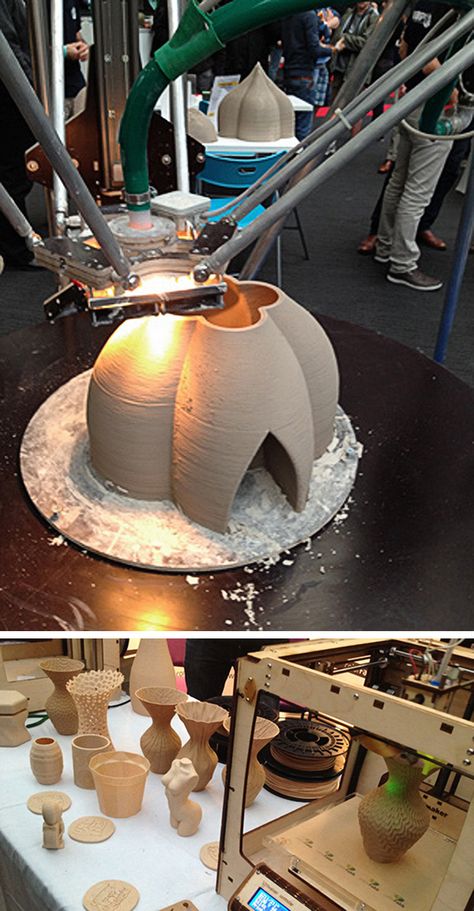 However, ideally suited for medical applications, collagen, fibrin and other jelly-like materials, when trying to "print" them, simply settle under their own weight.
However, ideally suited for medical applications, collagen, fibrin and other jelly-like materials, when trying to "print" them, simply settle under their own weight.
Researchers have found a way around this problem by using as a matrix for printing another gel based on gelatin microparticles. Scientists selected biocompatible material with low mechanical resistance, so that the “needle” of the printer can move freely along it, but it remains dense enough to prevent already printed layers from spreading. To achieve the necessary parameters, scientists subjected ordinary gelatin jelly to processing in a blender and centrifuge, obtaining in this way a gel with particles of a certain size.
Printed with proteins or gel-like polysaccharides, such as alginic acid.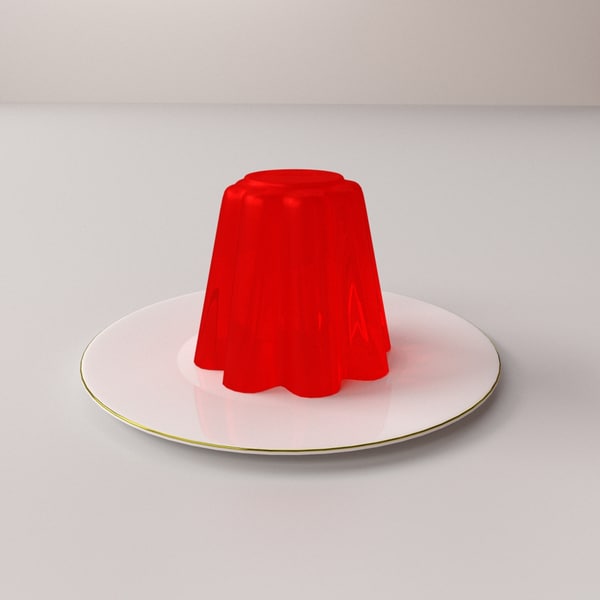 As a template, the authors used detailed 3D images vessels or heart, obtained using the method of magnetic resonance imaging. The experiments were carried out in a sterile atmosphere, the gelatin base gel was placed in a Petri dish fixed on the table. The "needle" of the printer was injected into gelatin and printed with material that flowed from its spout. In the process of printing gelation of the polysaccharide in gelatin occurred.
As a template, the authors used detailed 3D images vessels or heart, obtained using the method of magnetic resonance imaging. The experiments were carried out in a sterile atmosphere, the gelatin base gel was placed in a Petri dish fixed on the table. The "needle" of the printer was injected into gelatin and printed with material that flowed from its spout. In the process of printing gelation of the polysaccharide in gelatin occurred.
Printed at a temperature of 4 to 22°C so that the gel base does not melt. At the end the temperature was raised to 37°C, which made it easy to remove gelatin matrix. This temperature is non-destructive not only for printed objects, but also for living cells that can be included in the printed mixture.
Scientists were able to not only create a new method for creating complex biological structures, but also significantly reduce the cost of its cost. Seal biological objects is not a novelty, but earlier 3D printers of a special structures that are very expensive. The authors of this work succeeded adapt ordinary 3D printers for this purpose, the cost of which is 100 times less. Further scientists are going to introduce real heart patterns into the structures they print cells for the further formation of muscle tissue and the creation of a "live" artificial heart.
The authors of this work succeeded adapt ordinary 3D printers for this purpose, the cost of which is 100 times less. Further scientists are going to introduce real heart patterns into the structures they print cells for the further formation of muscle tissue and the creation of a "live" artificial heart.
Ekaterina Kozlyakova
Found a typo? Select the fragment and press Ctrl+Enter.
South African designers use 3D printer to turn defective vegetables into delicious jelly
News
Designers from South Africa's Studio H reduce food waste by 3D-printing substandard produce into unusual but delicious food.
How often do you see ugly vegetables or fruits on the shelves of large stores? Rarely, because all sorts of "mutants" are usually sent to the trash, at best, for livestock feed or processing into fertilizers, so as not to scare away picky buyers. In fact, there is nothing wrong with deformed fruits, because these are just pranks of nature, but in the same South Africa, about a third does not go on sale purely because of the unsightly appearance.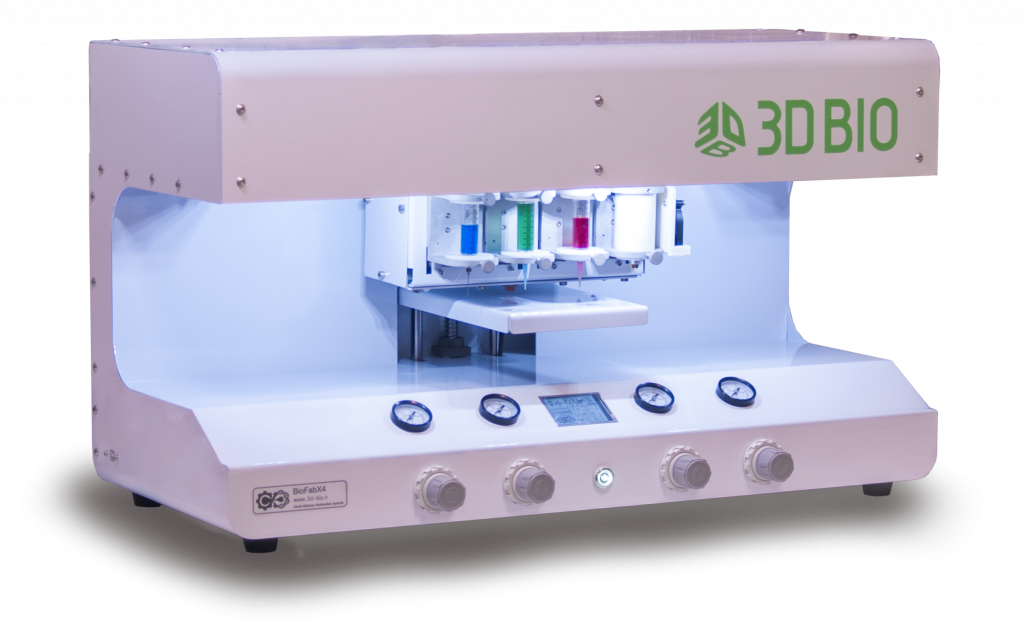 44% of "substandard" products are fruits and vegetables. The rest is grain, meat, root crops, seeds, and so on.
44% of "substandard" products are fruits and vegetables. The rest is grain, meat, root crops, seeds, and so on.
Studio H designers are not satisfied with this situation, and therefore the guys launched a demonstration project Salad 2.0 for 3D printing nyamok from not the most beautiful-looking, but quite tasty and healthy vegetables and fruits. To implement the project, the team purchased a 3D food printer manufactured by the Dutch company ByFlow. The device is capable of printing with various viscous materials, at least the same chocolate, but in the South African project, fresh fruit and vegetable purees are mainly used as consumables, and gelatin is added to keep the products in shape.
“3D printing could be a great way to reduce food waste. To conduct experiments, we created a Salad 2.0 3D printer, mashed various vegetables and fruits that would normally go to the trash, and added gelatin to print pretty, colorful and nutritious jellies with the resulting concentrate. Imagine how capricious kids will like them!” says Hannery Visser, founder of Studio H Founder.
Imagine how capricious kids will like them!” says Hannery Visser, founder of Studio H Founder.
And not only for capricious children, but also for capricious adults. As the developers explain, the project has a quite pragmatic goal: recently, extremely dry weather has been observed in Cape Town, and therefore a shortage of fresh vegetables and fruits can be expected. The situation is aggravated by the residents themselves, who bypass fruit and vegetable "freaks". The developers hope that by processing such products into entertaining 3D printed delicacies, it will be possible to at least partially solve the problem of supplying the population with vegetables and fruits without a radical increase in prices.
Do you have interesting news? Share your developments with us, and we will tell the whole world about them! We are waiting for your ideas at news@3Dtoday. ru.
ru.
Follow the author
Follow
Don't want
3
More interesting articles
5
Follow the author
Follow
Don't want
It's time to switch from the sanctioned Volkswagen Tiguan to the advanced 3D printed vehicles....
Read more
5
Subscribe to the author
Subscribe
Don't want
Specialists of the All-Russian Scientific Research Institute of Aviation Materials (VIAM) of the national...
Read more
82
Subscribe to the author
Subscribe
Don't want
Collaboration 3D
We are pleased to present you our joint development with Speci.